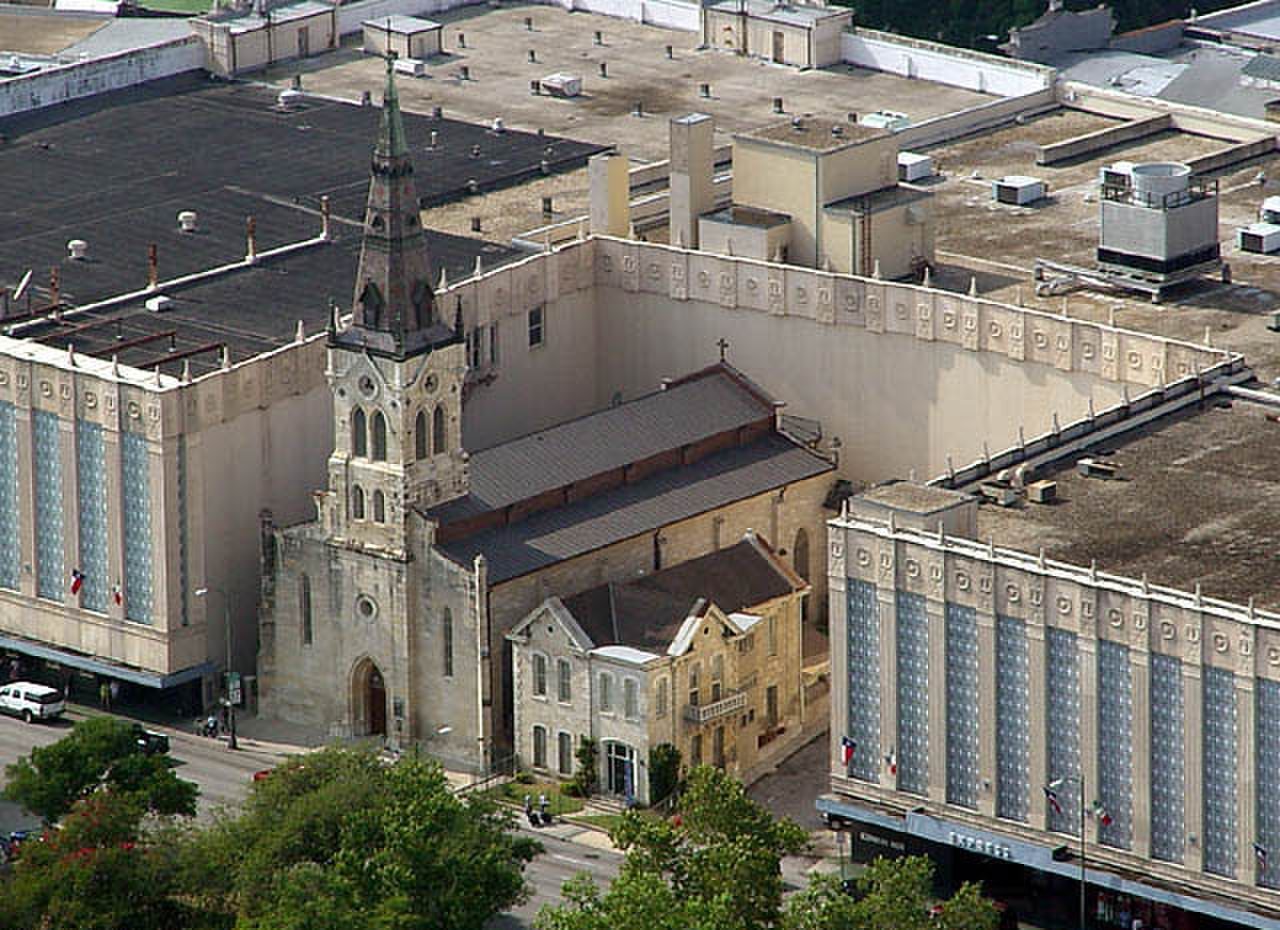The Line: A Planned City That’s Shaped Like An Actual Line
Spending any time looking at maps of cities should raise an obvious question: Why the hell are they shaped like that? Even down here in Austin, Texas, the city borders seem ... odd.
Now, there are many reasons for municipalities to be so weirdly-shaped. For instance, zooming in on that Austin map you can clearly see that some of those long, thin borders that jut out the side are just following the Colorado River. There are other considerations, too, from utilities to transportation, and I'm sure a whole host of other things I have no idea about because I'm not an urban planner.
Then there are places like Birmingham, Alabama where you start to wonder if the people drawing these things were chugging whiskey while doing so.
Smaller towns obviously go a much more reasonable route, like my favorite, Mooresboro, North Carolina, where it seems they simply decided, “Screw it, draw a circle.”
Now, this article isn't about people drunkenly scribbling down city limits, or hell, even a place that exists yet. What it is about are the plans currently underway to build a new city in Saudi Arabia which is: A) Going to be huge, and B) Unlike any city design you've ever seen, because it’s a literal line that’s 170 kilometers (105 miles) long and only 200 meters (650 feet) wide.
It is seriously called the Line.
The plans do seem pretty ambitious: a technological utopia boasting 100% sustainability, carbon neutrality, a regulated climate within its walls, absolutely no automobiles of any kind in favor of a “high-speed rail — with an end-to-end transit of 20 minutes,” and probably people with their faces in their phones all day, every day, because who wants to run into people you know that often? It’s like they're trying to take a large city, add the concept of small-town Main Street, and then stretch it out for 100 goddamn miles.
The city itself is designed around having separate levels: one for people, one for the aforementioned high-speed rail, and another for infrastructure. Plus, there will supposedly be bountiful nature for all to enjoy, AI-controlled automated services, and ... flying, I guess?
If this all sounds a little wacky, you should know that the concept of “linear cities” isn’t exactly new. The idea was first attributed to one Arturo Sorya y Mata back in 1882, another was envisioned for New Jersey as recently as 1965, and I actually wrote another article over ten years ago about a proposed place called Roadtown. Additionally, there’s a real place in Spain called Ciudad Lineal (literally: Linear City) that, while technically a district of Madrid, is still loosely based on the original 1882 idea.
But here's the thing: Short of Ciudad Lineal, this idea has never truly come to fruition. Nobody ever adopted any Roadtown, and the plan for New Jersey was never realized. And from what I can find, there aren’t a ton of examples from history of people trying to implement a linear city. Which makes one wonder, or at least me wonder, if the idea doesn’t have multiple, horrible flaws that are beyond my ability to comprehend because, again, I'm not an urban planner.
And to be clear, quite a few people who know way more than I do are skeptical as to whether or not this is a thing that could happen. Don’t get me wrong; the idea sounds pretty cool (more or less), and in all fairness, there’s not been a ton of research done on the topic. But it also seems like if this was a plausible idea it would have been done 100 years ago.
I suppose we shall see. In the meantime, you can check out this two-minute promotional video and wonder, like I did, who’s cleaning the mirrored exterior of this thing when a gazillion birds plaster themselves into the side of it.
Follow Jeff on Twitter.









